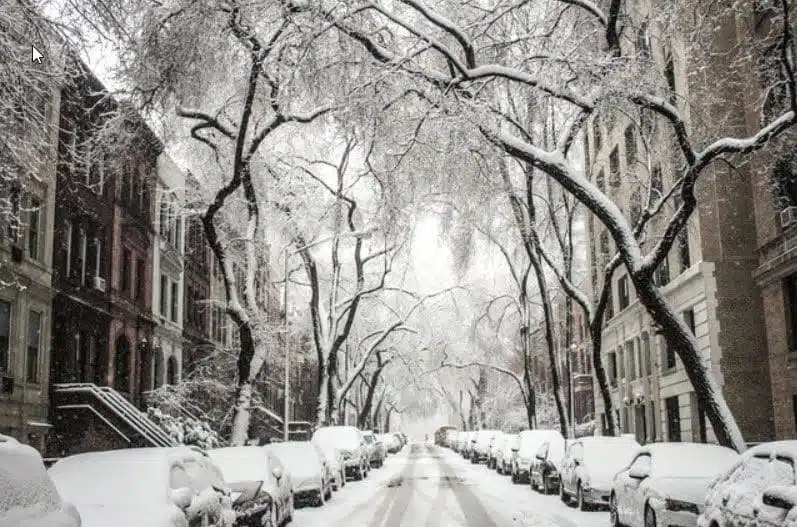NYC Snow Removal and Regulations
Posted in Snow Storms in New York City
February has been one of the snowiest months in recent memory and residual ice and slush continue to pose slip-and-fall hazards for New Yorkers. Read the following for helpful tips on safe snow removal, as well as NYC regulations on when snow must be removed. 
NYC Snow Regulations
In New York City, property owners are responsible for snow removal following a storm, however some leases may mandate that the tenant is responsible for this task. New York City mandates that snow be removed from a residential property’s sidewalk within a certain period of time after new snow stops.
- If snow stops falling between 7 a.m. and 5 p.m., sidewalks must be cleared within four hours.
- If snow stops falling between 5 p.m. and 9 p.m., sidewalks have to be cleared within 14 hours.
- If snow stops falling between 9p.m. and 7 a.m., sidewalks must be cleared by 11 a.m.
When removing snow, New Yorkers are expected to clear an ice and snow-free path at least four feet wide and clear any curb cuts or ramps if the property is on a corner. Additionally, any fire hydrants or bus stops in front of a property should be cleared of snow as well.
Snow Removal Tips
Snow removal can present its own hazards, particularly falls, back and soft tissue injuries and possible cardiac events due to exertion. Use the following tips to keep yourself and your community safe.
· Don’t wait for snow to stop falling before beginning removal. Consider clearing your sidewalk whenever two-to-three inches accumulate on the ground to avoid a massive task after the storm.
· If using a shovel, avoid lifting snow and throwing over your shoulder or to your side. These motions account for most back injuries and some falls.
· Use your shovel as a plow, setting the blade on the ground in front of your property and pushing the snow into a long pile by the curb.
· Be extremely careful of ice patches underneath the snow you move. Purchasing a bag of de-icer or salt before the storm and spreading some over your newly-uncovered sidewalk can lower risks of falls, both for you and your neighbors.
· De-icer is often sold in large, heavy bags. Consider using a cup to collect and spread de-icer, rather than working directly from the bag.
The winter months are a challenge at any age, but icy weather and the day-to-day tasks needed to maintain a home can be particularly tough on older adults. If you or a loved one need a helping hand, consider calling SelectCare our team of home healthcare experts have helped New Yorkers live happier, healthier lives in their long-time homes for more than 35 years.
